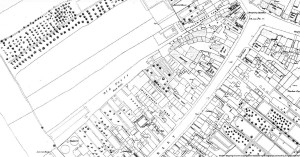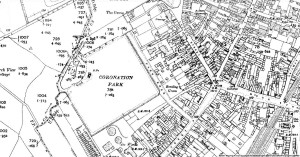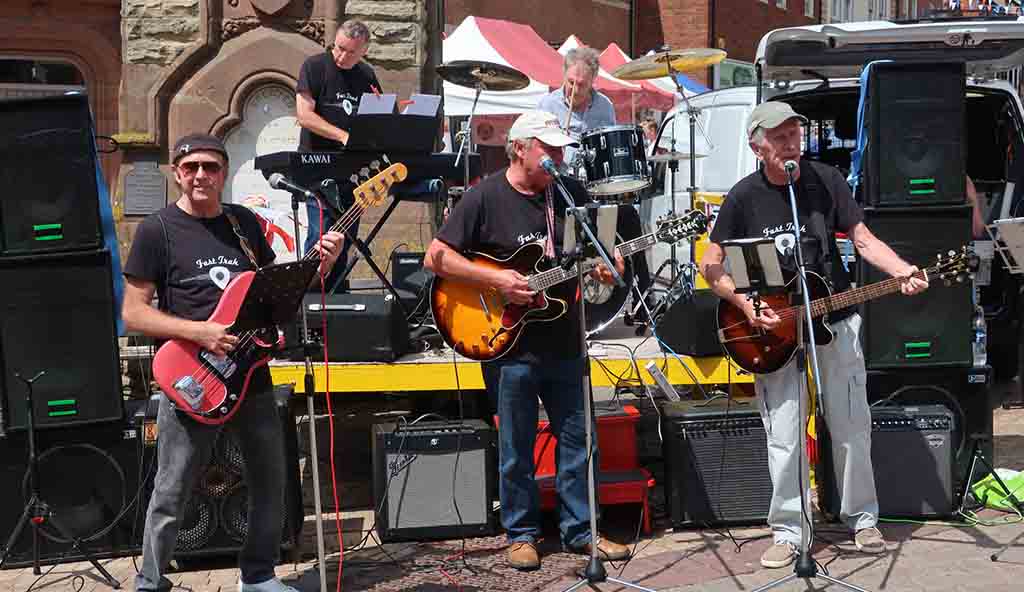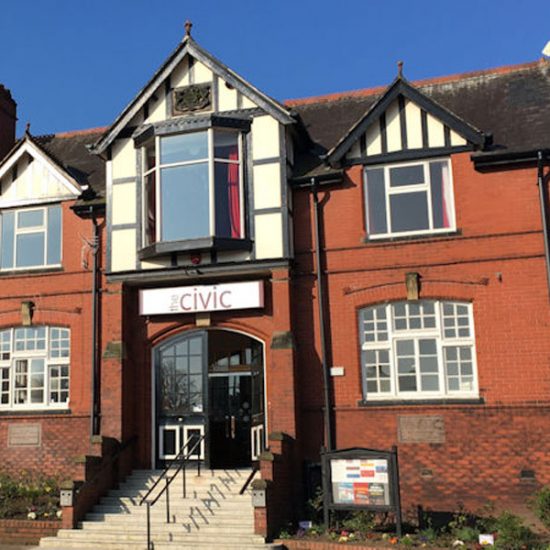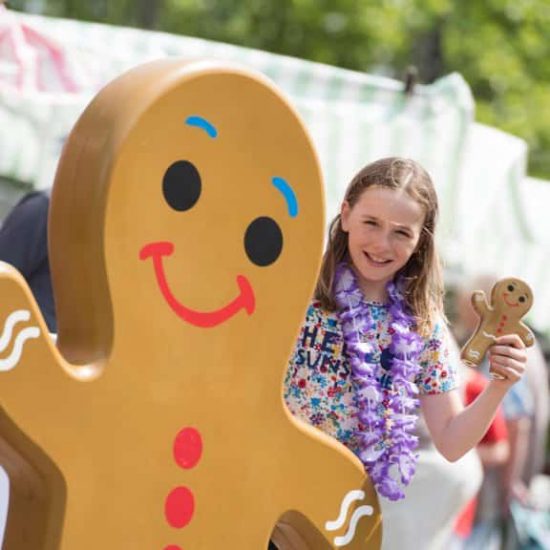The History Of Coronation Park
The History Of Coronation Park
To mark the Coronation of King Edward VII in August 1902, plans were begun in Ormskirk to build a Public Park from public and private subscription along with a sum from the UDC coffers. The plan was to build on land that had previously been known as ‘Old Pants Rope Walk’ (Map 1, 1851) and had included allotments and orchards, the park was to cover a 20 acre site behind the Aughton Street Gas Works.
The Earl of Derby had been one of the main subscribers to the building fund. Initial access was via a rough track from Aughton Street running alongside the old Black Bull pub. (Map 2 1908). Within a short time the access track was adopted by the Urban District Council and named Park Road.
The park construction had begun in 1904 and in August of that year a reward was offered by Town Surveyor Hugh W Chadwick in the sum of 10 shillings to ‘any person giving such information that will lead to the conviction of the person or persons who have smashed the Iron Check Valve in the lake in the Coronation Park’
The Park was unceremoniously opened to the public on 14th June 1905. The public had already started using the park but delays in arranging an official opening date were caused by the UDC being unable to obtain a date when Lady Derby (Constance Lathom) could commit to attend the opening. Conscious of the increasing frustration of the town ratepayers and in a concerted effort to justify the delay, the Clerk to the Council Fred C. Hill (Frederick Charles Hill, Solicitor of Square House, Lathom) had made his correspondence with Lady Derby available to the press. On April 28th 1905 he had written to Lady Derby appealing for her attendance at an opening ceremony before the end of May. On May 2nd Lady Derby replied from her London Residence, Derby House, St James’s Square , S.W. and assured the UDC that ‘We would like very much to be able to accept your invitation to open the new Park……Yours Sincerely, Constance Derby‘ Fred Hill duly replied directly on receipt of Lady Derby’s letter, informing her in his letter of the 4th May that‘Wednesday is the usual half-holiday in Ormskirk and would be most convenient to the inhabitants for the opening of the Park’. He then went on to suggest either the 31st May or failing that the 24th May.The lake was fed by a sluice gate letting water in from Brook Acre and on several occasions over the years the lake has been drained and cleared of sludge and debris. The main type of fish used to be roach though most children will more likely recall sticklebacks, jam jars and fish nets from Mansergh’s shop being linked to the lake.
The matter of the official opening was then debated at the meeting of the UDC on Tuesday 6th June, when the Chairman Mr F. A. Jones (Frederick Aneurin Jones, deputy County Coroner and Solicitor of ‘Glenridding’ Ormskirk)invited the opinions of the committee regarding the opening of the park without ceremony. Committee member Mr W. Fyles (William Fyles, House Builder of Knowlsey Road ) remarked. ‘The sooner it is opened the better , as people seem to be impatient for the opening’. Mr J. Peet (probably retired farmer from Wimbrick Farm, Joseph Peet) remarked that, ‘They (The public) were making use of it already, There were a large number in it on Sunday night.’. Mr T. O. Williams commented , ‘ Seeing that the negotiations with the Countess of Derby had fallen through I proposed that the Park be opened by our respected Chairman’s wife on Wednesday next, the 14th inst.’. Mr Williams, (the Aughton Street Tailor) went on to remark : ‘People are clamouring for the opening …’ The Chairman, Mr Jones felt sure his wife would be honoured to have been asked but also felt she would decline the honour, it was put to the vote that the Park be opened on Wednesday 14th June ,’…without any formality whatsoever…’.A full 6 days later Lady Derby replied from Holwood Hayes , Kent, ‘I fear we must give up the idea of being able to accept your kind invitation because we have so many engagements in the South during these next two months….’
Apart from the turfed areas, pathways and the lake, ‘thirty garden seats’ were provided ,which were made and supplied after tender by J.J. Balmforth of Aughton Street.
When the Bowling Green behind the old Black Bull pub closed it meant there was no green close to the park and plans were started to bring a green and other recreational amenities to the park.
There are pictures showing a set of swings in the corner of the park near to the exit onto Vicarage Road , the main recreation facilities, i.e. swings , slides, roundabouts and the dreaded witches hat, were all set out in the corner at the Park Avenue entrance in the late 50s/early 60s.The Park has had various alterations and additions over its 120 years. During the 1920s a pavilion was added overlooking the lake with a public drinking fountain close by. It was not until post Second World War that the Bowling Green, Putting Green and Tennis Courts were added. Two blocks of public conveniences were also added, one near to the main gate and one where the old pavilion had been. A new Pavilion was sited adjacent to the Bowling Green.
Many people will remember a local character Sam Pealing , who for around 15 years was the caretaker at the park who reserved your tennis court, issued you with your pitch and put iron or shouted at you for jumping in the lake.There were two slides put in for children, a big one and a really big one. The really big one was the cause of more than one accident!
One of the most popular and well used features added in the late 60s was the huge drainage pipe craned into position near to the concrete sand pit next to the lake. Remembered fondly by many people it was the simplest idea but a huge success. Until of course it became a hazard.
In 1952 the park was the venue for a Gymkhana that attracted 5000 visitors. The Summer Holiday Play Schemes were attended by hundreds of children who sat on the grass throughout endless punch and judy shows in the hot summers of the 1970s, not a drop of sunscreen in sight. The park continues to host events that need a wide open town centre accessible space.
The Comrades Cenotaph was relocated to the park in the last few years and beneath this is a time capsule . The name of each man lost in the Great War, that was originally skilfully handwritten on a paper Memorial and used to hang in the old club, is being added to a plinth which will be placed alongside the Cenotaph later this year and form a real focus for those wishing to remember local men who gave their lives during the Great War.

